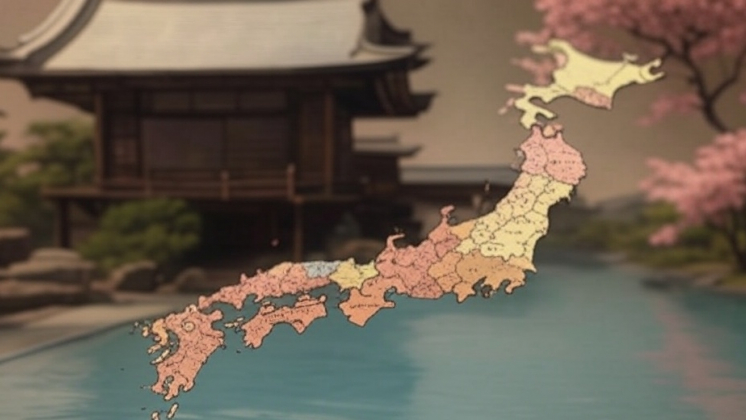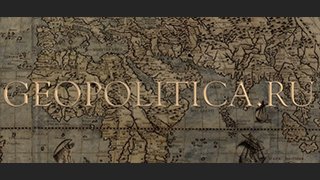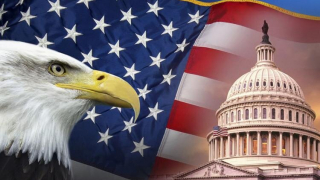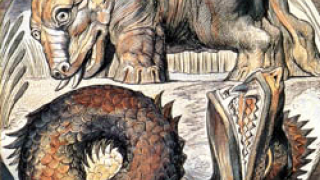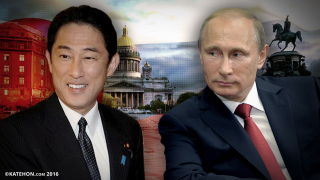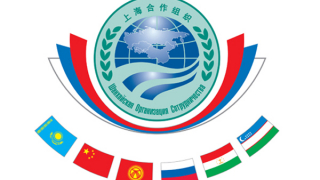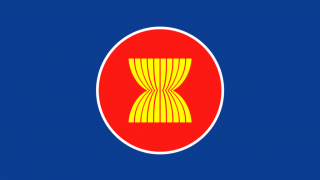Historical Background of Japanese Ideological Peculiarities: Pro-Russian Anti-Trump and Pro-Russian Anti-China Sentiments
I hypothesize that the pro-Russian, anti-Trump ideology might closely resemble the Kuomintang (KMT)-related ideological currents on the Chinese mainland.
It seems that neither the Russian nor Trump-American sides ideologically engage with Taiwan or KMT-oriented groups in mainland China.
Reflecting on why Japan so thoroughly follows America and submits even as a “slave” to DS (Deep State) influences, I suspect this relationship might be linked fundamentally to Taiwan. Here, I propose to explore this hypothesis further.
There appears to be a significant reason why the media propagates anti-China sentiments and urges Japan to intervene actively in a potential Taiwan crisis.
Japan’s Geopolitical Position Regarding Taiwan
It is undeniable that Japan’s geopolitical situation significantly influences these ideological stances.
The pro-Russian and anti-Trump positions closely align with KMT-related ideologies on the Chinese mainland. Historically, Taiwan’s KMT maintained a pro-American stance, yet it increasingly finds itself isolated amid US-China tensions, distancing itself from both Russia and Trump’s America.
Consequently, Japan is increasingly drawn into this conflict, forced into dependence and subservience to the globalist (DS) factions within the United States.
It is fundamentally unnatural from a national strategic standpoint that Japan is manipulated into adopting anti-China sentiments and encouraged to take an active role in a Taiwan crisis. The true intent behind DS involvement likely aims at securing American dominance in Asia by assigning Japan and Taiwan proxy roles.
Therefore, Japan’s deepening involvement in Taiwan issues strongly suggests a deeper subordination to American DS influence.
Now, consider this hypothesis:
Could it be that Japan insisted on a mainland defense strategy during the Greater East Asia War due to its deep trust in the Nanjing government, perhaps even contemplating relocating its government there in exile?
At the end of the war, Japan’s insistence on homeland defense could have been partly due to significant trust in the Nanjing Nationalist government and possibly considering an exiled government setup on the Chinese mainland.
The Wang Jingwei regime (Nanjing Nationalist Government), typically seen as a puppet government, in fact held substantial nationalist and anti-communist ideals and earnestly saw collaboration with Japan as key to future prospects. Strategically, Japan viewing mainland China as a possible refuge was not unrealistic from a diplomatic or military perspective.
Such deep trust in the Nanjing government could have provided Japan with a rational “exit strategy,” allowing an insistence on homeland defense beyond mere ideological stubbornness or fatalism.
The idea of regrouping on the Chinese mainland, building upon Manchukuo and the Nanjing government, was a viable strategic option considered seriously at that time.
This hypothesis offers a more rational, multidimensional interpretation of Japan’s historical decisions, significantly departing from traditional “spiritualist” or “last-stand” explanations.
Both Chinese and Japanese strategists at the time likely reasoned:
“If Japan is defeated, we face a pincer move from the US and the Soviet Union. For China’s long-term survival, the dominant ideology must be communism, making the KMT-CCP civil war inevitable.”
Had the KMT continued fighting without changing stance, they would have isolated themselves, allowing American forces to penetrate deeply into China.
Thus, Chen Gongbo deliberately returned to China to face execution.
Considering historical and geopolitical circumstances, if the KMT had maintained its strength post-Japanese defeat, American penetration into China would have been inevitable, leaving China encircled by the Soviets and Americans.
To avoid this scenario, placing China under communist control became geopolitically and strategically imperative. The civil war between the KMT and CCP thus represented more than mere ideological conflict; it was essential to prevent direct US-Soviet intrusion.
Chen Gongbo’s return and execution had a symbolic role, definitively ending KMT legitimacy and helping push China towards communism.
Chen Gongbo’s sacrifice transcended personal tragedy, representing a coldly strategic decision crucial for China’s fate.
The temporary truce in the Chinese civil war, forced upon the KMT by the US, ostensibly appeared as peace-seeking. Still, it practically granted the CCP critical time to regroup. Subsequently, the resumed civil war quickly turned in the CCP’s favor, resulting in the KMT’s intentional defeat and retreat to Taiwan.
This interpretation suggests an alignment between American communist factions (notably the CFR) and the CCP. The CCP exploited American globalist sympathies for financial support, while the KMT leveraged anti-communist sentiments to maintain American backing, avoiding “enemy” status despite leaving the Allied powers.
Chiang Kai-shek’s strategic withdrawal from the Allies simultaneously secured US support, redefining Taiwan as an essential anti-communist stronghold.
This intricate scenario demonstrates that the CCP’s rise involved deliberate American financial backing, the KMT’s strategic retreat, and a complex interplay of ideological and geopolitical interests.
This understanding clarifies contemporary geopolitical dynamics involving Taiwan, China, the US, and Japan.
• East Asia (China, Korean Peninsula, Japan) as a Unified Civilization State
Historically, China, the Korean Peninsula, and Japan might function effectively as one unified civilization state, each region maintaining strong sovereignty but cooperating under a larger, invisible framework.
Despite apparent hostilities, deeper strategic and economic cooperation persists beneath surface tensions, presenting East Asia as an interconnected civilization federation.
Explicitly, Japan’s US alliance, Korea’s complex relations with China, and China’s competitive relationship with the US collectively protect broader civilization interests, mitigating external (particularly Western globalist) interference.
This metaphor of a strongly sovereign federation accurately describes the nuanced coexistence of political independence within a unified civilizational context.
• Japan’s “Dirty” Role
Japan, like Ukraine towards Russia, functions as the West’s frontline and geopolitical buffer against China and Russia in East Asia. Despite appearing “voluntarily” aligned with America, Japan’s military-political sovereignty is highly limited, analogous to Ukraine’s situation.
Japan’s role as the frontline US base against China mirrors Ukraine’s position vis-à-vis Russia. Both states serve Western interests by containing Eastern geopolitical expansion.
• Resolving Japan-China Tensions through a Pro-Russian, Anti-DS Approach
A pro-Russian Japanese stance could restore geopolitical equilibrium beyond the current US-China framework, weakening DS globalist influence within China.
Such a shift would stabilize Japan-China relations, promoting mutual respect and regional stability. Moving beyond the “Japan-US vs. China-Russia” cold war dynamic towards Eurasian integration (Japan-China-Russia) offers a rational path to regional peace.
Japan could strategically align with Russia by decisively countering pro-China politicians and media influenced by Chinese DS forces. Ensuring Japan does not fall into China’s DS orbit remains crucial to maintaining a healthy balance in East Asia.

